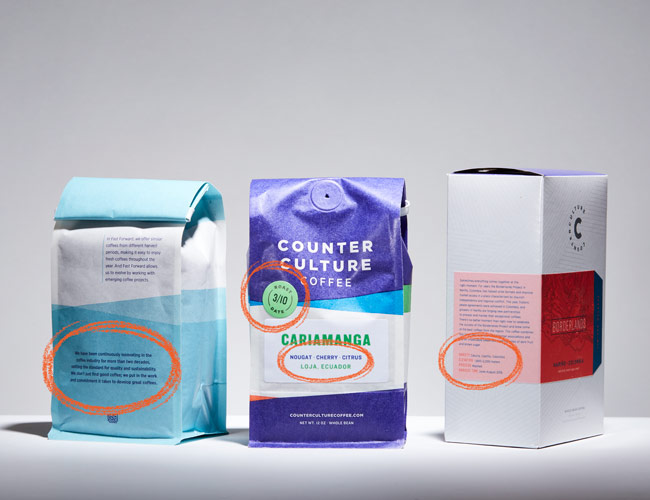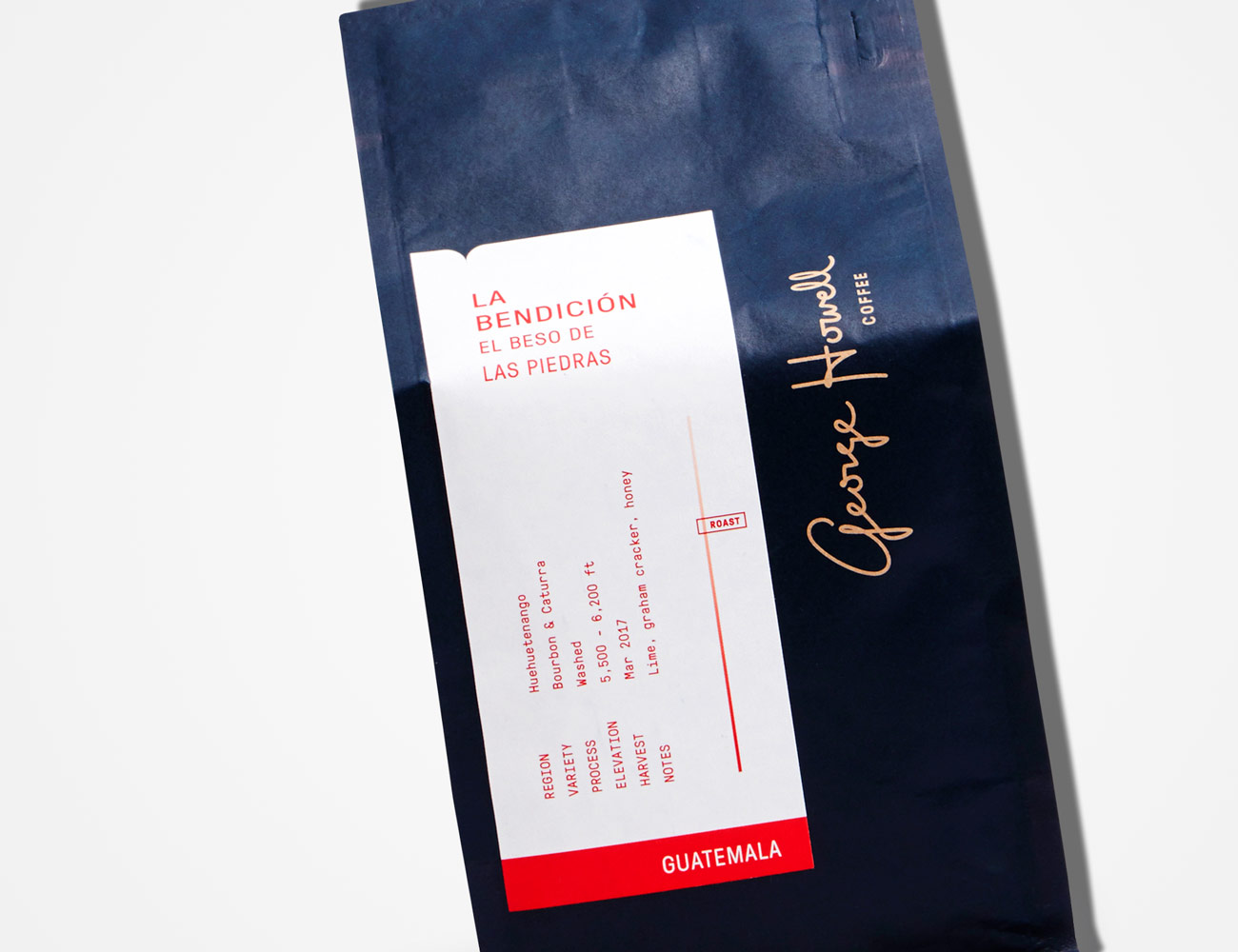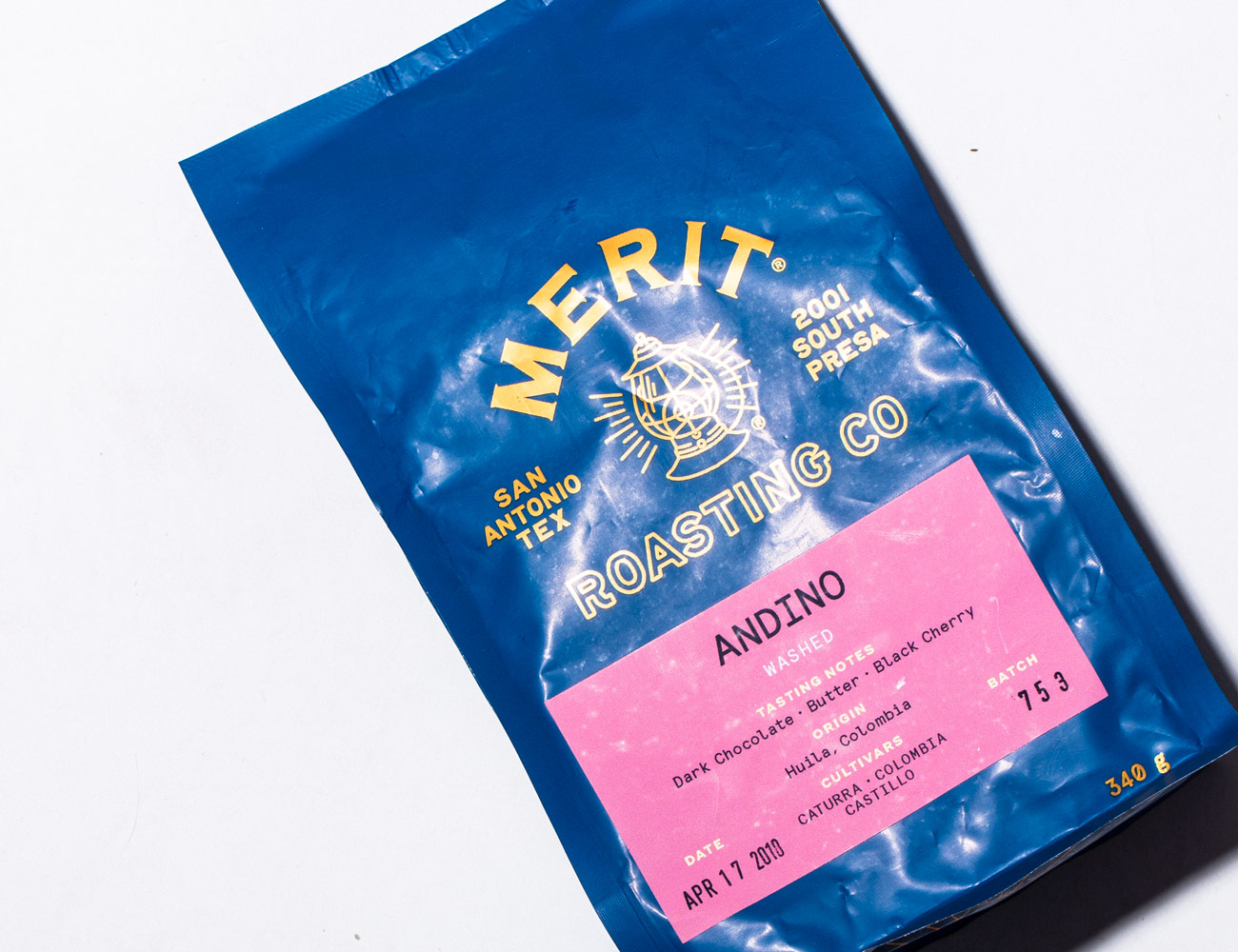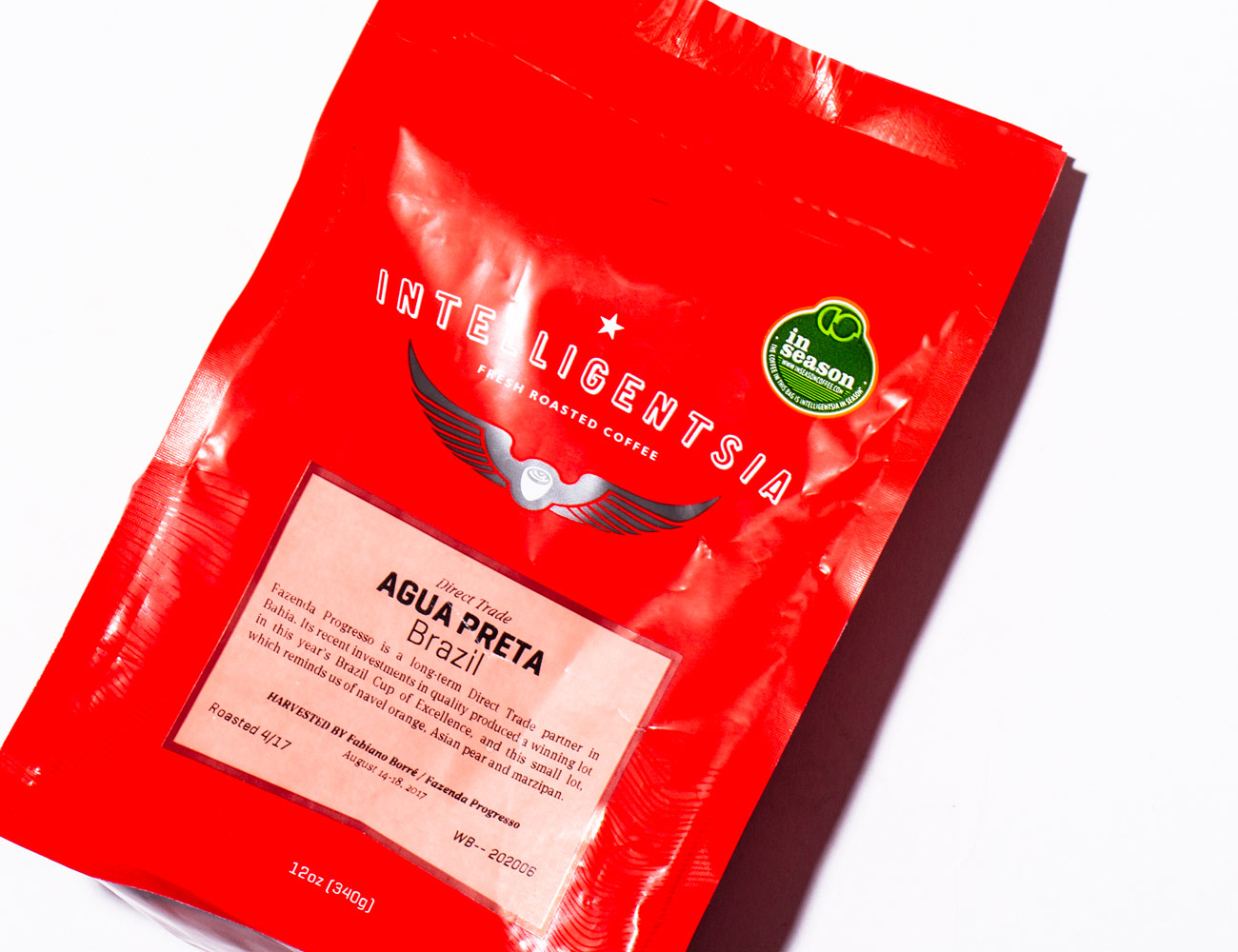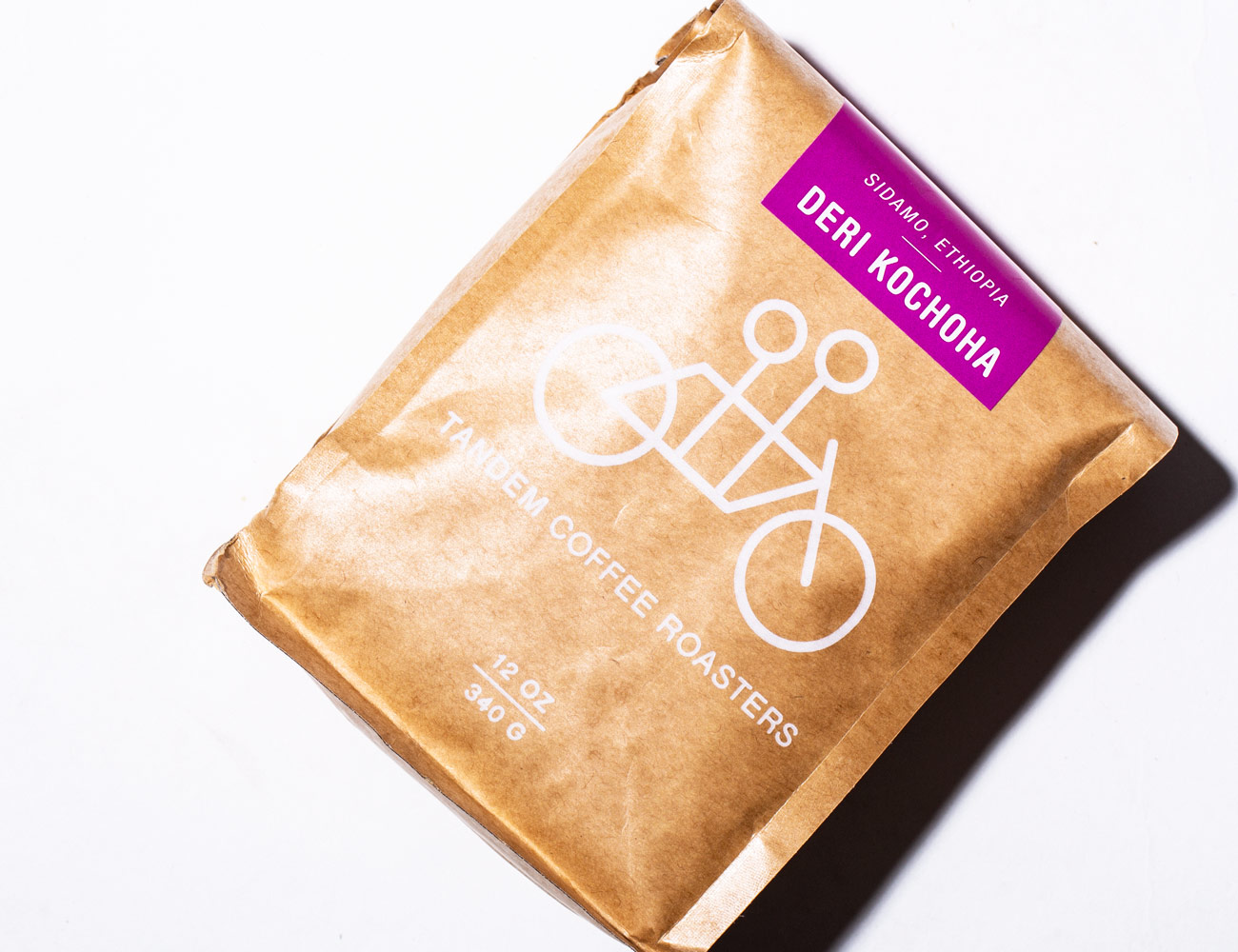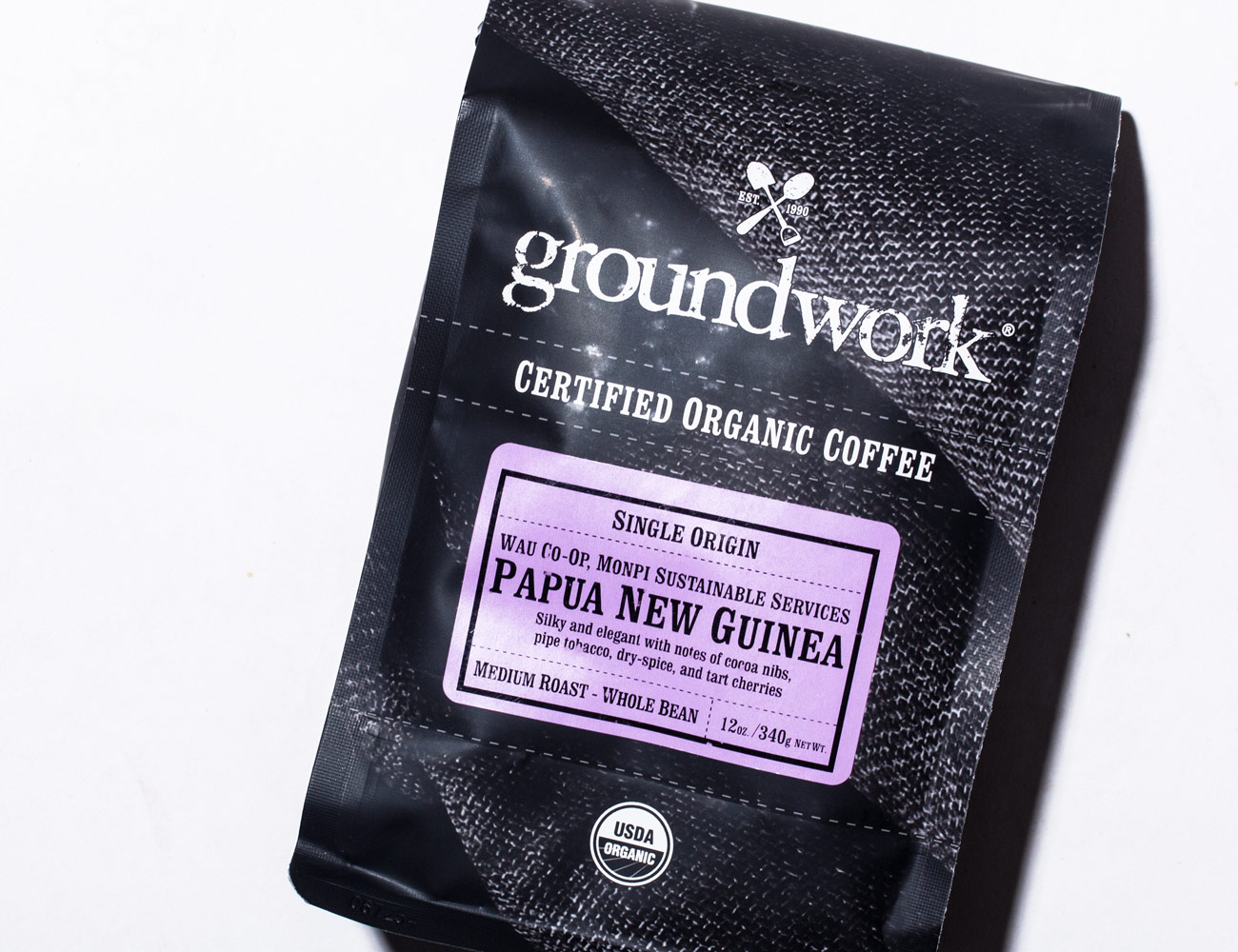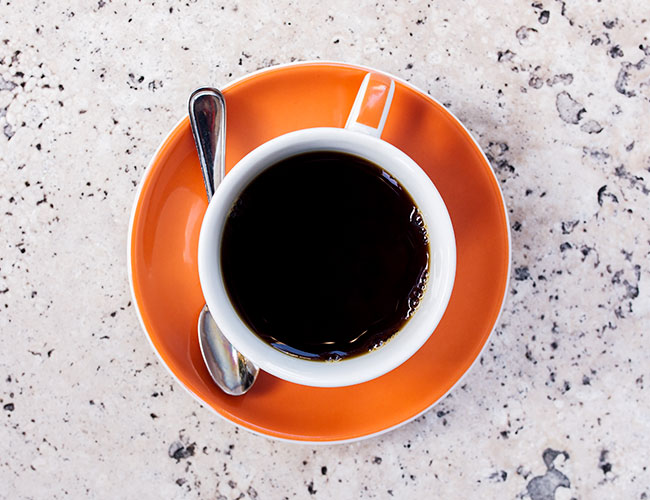Inching your way to the ideal cup of coffee is an exercise in control. You choose the tools, the water, the amount of time you’re willing to invest in a single cup. And somewhere along the way, you pick a bag of beans. Seems simple, right? Turns out, inside each bag are a handful of hidden variables — including, of course, the vague, hard-to-pin-down effects of regionality.
In our quest to better understand how coffee flavors change from region to region, we recruited Marcus Boni, Head of Coffee at brand new specialty coffee platform Trade. Though Boni is the first to admit there is and will always be plenty of exceptions to the rules, he’s willing to generalize (a bit) for the sake of building more coffee layman-turned-enthusiasts. With Boni’s help, this guide breaks down five of the major coffee-producing regions of the world and explains what you can expect from each one.
Coffee Bean Terms to Know
Cherry: The thing that encases the bean (which is really just the cherry’s pit). The cherry holds the bean as well as the pulp, mucilage, parchment and silver skin which, depending on how the fruit is processed, may or may not be discarded after picking.
Green Beans: Not what’s for dinner. Green beans refer to unroasted coffee beans that have gone through the picking and processing stage. Roasters typically store beans in this state as they don’t lose quality or freshness in a meaningful way. Unless you have access to a roaster, pass on the green.
Roast: There are many variables in roasting but you can count on this: the fresher the roast, the better the coffee. Roasting refers to how the already picked and processed beans are transformed into what we know as coffee. Green beans are brought to high temperatures that chemically alter the bean to allow for future grinding and extraction. Roasters will use different temperature levels to achieve different roast types — light to dark — and for different durations. Generally, light roasts yield greater acidity and more natural coffee flavor, where dark roasts take on more flavor from the roast itself, and are more bitter than acidic
Washed (Wet Processing): A processing method which strips the bean from the fruit (and sometimes the surrounding material) after picking to dry. Two main variations exist within washed processing: the traditional method, in which the bean is fermented in water with the mucilage and other surrounding materials intact so that it washes off easier; and the newer, mechanized method, which removes fruit and surrounding body materials via scrubbing.
Natural (Dry Processing): This traditional processing method strips away surrounding materials only after drying. This style of processing can yield beans with fruitier, more acidic notes, as the bean can develop more flavor when dried inside its fruit. After drying, the fruit is hulled and sorted before being ready for the roaster.
Semi-Washed (Pulp-Natural): The skin of the cherry is removed mechanically, but the bean is left encased by the surrounding fruit (just sans-skin). It does not enter water like a normal washed coffee, though, as it’s left to rest in bags for a period of time before the drying process begins. This process is said to produce coffees with traits of both natural and washed processing styles — namely the fuller body of a natural bean coffee and the acidity or a washed bean coffee.
Intercropping: The practice of planting non-coffee plants within a coffee growing area. The benefits of this are numerous but can be primarily boiled down to shading of the coffee plant, higher retention of groundwater (thus a form of drought protection) and the potential bonus of adding flavor. Common intercropping agents are banana trees, macadamia trees and various other fruit trees.
Three things that shape the flavor and quality of a bag of beans, according to Counter Culture Coffee’s Thomas Costello. Read the Story
Guatemalan Coffee
Within its relatively small borders, Guatemala contains mountain ranges and volcanoes (some still active), which together create a diverse climate and therefore a diverse ecosystem. This, in tandem with the country’s substantial coffee producing history, “substantiate this origin as a leader in producing sweet, clean and flavorful expressions of the best coffees in Central America,” Boni says.
Best Guatemalan Coffee: George Howell La Bendición
According to Boni, if you’re looking for the most distinctive Guatemala taste, you need something from the country’s Huehuetenango region. “[Coffee from Huehuetenango] is known for its delicious body and crisp acidity, and it’s often a heavy hitter in the annual Cup of Excellence event in Guatemala,” Boni says.
La Bendición is representative of Huehuetenango coffee at its most classic, Boni says, but isn’t without surprises of its own. Citrus, apple acidity and subdued floral aromatics permeate this roast. It’s made on a family farm run by a former teacher named Roger Hidalgo, whose farm is known for its rich and fertile soil.
Colombian Coffee
Colombia has some greatest coffee producers in the world. The country sits as the third biggest coffee nation by volume produced and was among the first coffee-producing nations to collectively emphasize practices that yield top-tier beans with the formation of the Colombian Coffee Growers Federation all the way back in 1927. Until Shakira, Juan Valdez, the fictional face of Colombian coffee, was the country’s most famous celebrity outside Colombia. (Juan Valdez eventually became it’s own brand, with its own coffee and shops around the world.)
“Most coffees from Colombia are grown in the geographic center part of the country and yield balanced and clean flavor profiles, soft and sweet with consistent body and structure,” Boni says. “Coffees from the growing regions in the North offer full-bodied coffees with less acidity due to the lower elevation and slightly warmer temperatures. The southern producing regions see higher elevation that delivers more complex acidity and floral aromatics, delivering a more punch-like profile.”
Best Colombian Coffee: Merit Andino
Depending on the brew method, Colombian coffees present varying levels of dark cocoa, brown butter and sweet cherry, says Boni. Merit’s Andino roast highlights the country’s versatility in both the farmers’ economic sustainability and the flavors in the cup.
“Like many Colombian producers, the independent farmers under the Andino mark grow their coffee under shade trees,” Boni says. “This intercropping with tall canopy trees creates an ideal nutrient balance in the soil, helps to prevent erosion on steep mountainsides and enriches the ecosystem for birds and insects.” The end result? Better and more-diverse coffee.
Brazilian Coffee
Thanks to a combination of peak coffee growing conditions, huge amounts of land dedicated to production, and overall heavy investment into the crop, Brazil produces more coffee than any country in the world by a significant margin (2,000,000 pounds more than second place). Though there isn’t a singular flavor or style that dominates, it’s perhaps best known for coffees that harbor a distinctly chocolatey vibe. “Many coffees from Brazil are processed after harvesting using a unique pulped-natural technique, which creates a classic Brazil profile that is richer in chocolate, nut, and a ‘pulpy’ flavor and texture,” Boni says. “This typical structure of deep, chocolatey bodied beans and unique nutty creaminess means that coffees from Brazil are often perfect for the essential base components for espresso.”
Best Brazilian Coffee: Intelligentsia Agua Preta
The 700-hectare farm that’s responsible for Intelligentsia’s Agua Preta roast sits on a plateau 3,800 feet above sea level. Located in the Chapada Diamantina region of Bahia, the farm has an immense quality control program led by experienced cupper Ednaldo Nascimento and [producer] Fabiano Borré. “[Nascimento and Borré] exemplify the forward-thinking, quality-focused entrepreneur that is leading the specialty coffee revolution in Brazil.”
Ethiopian Coffee
Anywhere from 15 to 25 percent of Ethiopia’s 100-million population works within the coffee industry, and the country consumes more than half the coffee it produces domestically. The Ethiopian saying buna dabo naw literally means “Coffee is our bread.” Ethiopians were producing and drinking coffee almost a thousand years before the U.S. existed. “Needless to say, there is tremendous national pride in the country’s biggest commodity,” Boni says. “As the legitimate birthplace of Arabica coffee, the story and importance of coffee runs deep [in Ethiopia].
“Naturally processed coffees are as common as washed coffees [in Ethiopia], highlighting complex fruit and syrup like body and sweetness,” Boni adds. “Washed coffees from Ethiopia will be lighter in body, with a clean texture and fully charged with lively and dazzling acidity. Coffees from Ethiopia have the heritage to surprise you with depth and nuance to boot.”
Best Ethiopian Coffee: Tandem Deri Kochoha
“The coffee that we have had out of the Deri Kochoha washing station in Guji has, over the past few years, been consistently fruity, sweet, and incredibly drinkable,” Boni said. There are 600 farmers growing coffee on small-scale farms that sell their cherries to the station, which is using a traditional disc pulper is used to remove the skin. The coffee is then fermented underwater for 72 hours, washed and soaked overnight and dried on raised beds. “The resulting coffee is super fruity, with juicy peach, candy-like sweetness and aromatic florals,” Boni says.
Note: Tandem’s Deri Kochoha bean recently ran out of inventory and has been replaced by their next Ethiopian, Wote Konga, which sports a similar flavor profile. If the Deri Kochoha bean returns to stock, we’ll be sure to update here.
Pacific Islands Coffee
The Pacific Islanders of the Southeast Asian archipelago have been growing beans since the 1600s. And due to the geographically-imposed isolation of the different islands, a huge variety of plant, processing technique and harvest method are found throughout. This means the islands may be proximally close but vary drastically in their final coffee product.
Boni says, “Coffees from Sumatra or Sulawesi are known for their earthy and savory characteristics, mostly due to the commonly found wet-hulled processing style in these countries and plethora of coffee plant varietal grown. Whereas coffees from Papua New Guinea are typically processed using the washed method, and present a delicate structure with floral-like aromatics, backed up by medium body and crisp, apple-like acidity. The entire region itself represents an exercise in understanding your palate.”
Best Pacific Islands Coffee: Groundwork Wau Co-Op Papa New Guinea
The Wau Co-Op in the Morobe province of central Papua New Guinea is home to the region’s first coffee farms and continues to churn out top-tier beans, including those is Groundwork’s medium roast, which Boni describes as silky and elegant, “with notes of cocoa nibs, pipe tobacco, dry-spice and tart cherries.” In the 1920s, coffee trees were planted from the Jamaica Blue Mountain Typica rootstock. “Groundwork has been purchasing this heirloom varietal from the Wau Co-Op for four years, and this crop is exceptionally delicious,” Boni says. “[Wau Co-Op] is part of the Monpi Sustainable Services organization, which contributes to helps build sustainable livelihoods by providing training on the best agricultural, environmental, social and healthcare practices in its coffee-growing communities.”
From Dylan Siemans, winner of the Brewers Cup at the 2017 U.S. Coffee Championships. Read the Story

